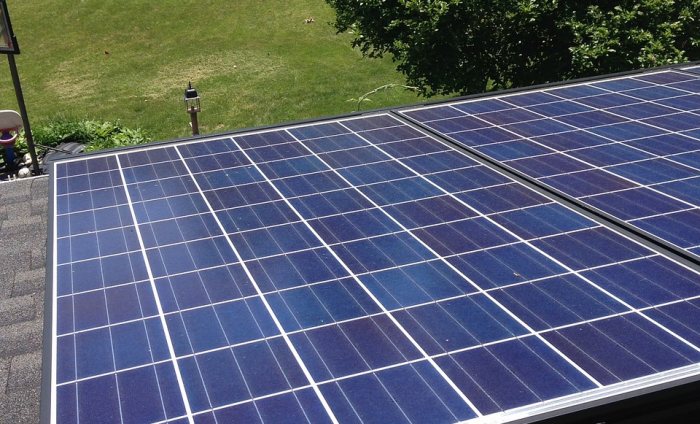Western Australia’s Broome may be bathed in sunshine, but most residents who want to install solar panels still can’t take advantage of its bountiful solar energy resources.
Broome is a coastal town in the Kimberley region of Western Australia, around 2,240 km north of Perth. Home to just over 16,000 people, Broome also welcomes many thousands of visitors each year.
There are around 357 solar power systems installed in Broome’s postcode (6725), which is a huge area. Just 6 of those have been installed this year and only 8 were installed in 2017.
It’s not that there’s any shortage of interest in solar power systems from Broome’s residents – they seem as keen as folks elsewhere in Australia to bust their electricity bills with solar PV.
The problem is Horizon Power won’t let them for the most part.
According to an ABC report from last year, Horizon only allows 10 per cent of the town’s electricity to be generated from solar power. This is in order to protect the town’s fragile grid from fluctuations.
A SolarQuotes reader from Western Australia who is trying to assist her son in Broome go solar wrote to us a couple of days ago, stating Horizon told her late last year Broome simply couldn’t cope with any more solar panels.
Using Horizon Power’s renewable energy buyback calculator and entering “Broome” in the location, results in this message – even when specifying a 1kW system.
“We are unable to connect any more renewable energy systems in your town because the town has now reached its technical limitations to do so.”
While some regions in Australia with finicky infrastructure have export limits in place for systems that still allow for installations, in Broome’s case it appears it’s zero and more solar panels even near the grid makes the utility nervous. There’s the option of going off-grid using solar battery storage, but that’s a very expensive exercise.
Broome is a “fringe-of-grid” location, where there are higher capital costs involved with delivering electricity, increased susceptibility to blackouts and higher transmission losses. In other words, perfect for solar in theory.
There is some hope on the horizon (so to speak) for Broome residents, and that comes in the form of a microgrid.
A microgrid is a local network of electricity generation sources (and increasingly, storage) able to operate while connected to the mains grid or disconnected from it. However, it’s not just a case of slapping up panels and turbines all over the place and whacking in a few generators and batteries and hoping for the best; it all needs to be carefully planned.
Horizon Power isn’t totally asleep at the wheel on microgrids. We mentioned recently the company and its project partners are making solid progress on constructing a distributed energy resource (DER) microgrid in Onslow.
The Clean Energy Council has also been in the Western Australian government’s ear, urging it to support a more comprehensive microgrid program.
OK, so WHEN?
Unfortunately, I don’t have an answer regarding when more of Broome’s residents will finally be able to install solar panels, but there has been a bit of movement at the station. In October last year, residents in Broome North were invited to apply to participate in a pilot program that would see some receiving subsidised packages including a solar power and battery storage system combined with ‘smart’ appliances.
The packages were worth around $25,000 – $30,000 including installation, but those participants lucky enough to be accepted would have paid just $5,000.
The Smart Sun Pilot was limited to just 12 participants, but Horizon Power says it will help it understand how to stabilise the network and intermittency that arises from high levels of solar generation.
While all that understanding goes on, Broome’s non-solar residents will have to continue putting up with high power bills – and their rooftops bereft of solar panels.


 RSS - Posts
RSS - Posts



It sounds like their public utility commission and state legislature are asleep at the wheel. The electrical companies in Hawaii used a similar rationale to throttle solar but the state legislature and PUC intervened to force them to accept more renewables. Now there is a legislative bill expected to be enacted in a few days (unless the governor unexpectedly vetos it), which mandates that the power companies pay microgrids a fair price for exporting power to the grid. The PUC also ordered them to allow NEM permit holders formerly limited to the solar production ceiling of their original approved inverter to switch to export limitation at the same level, which is a huge improvement for high consumers. Hopefully voters can influence their PUC and State legislators to wake up and help their citizens.